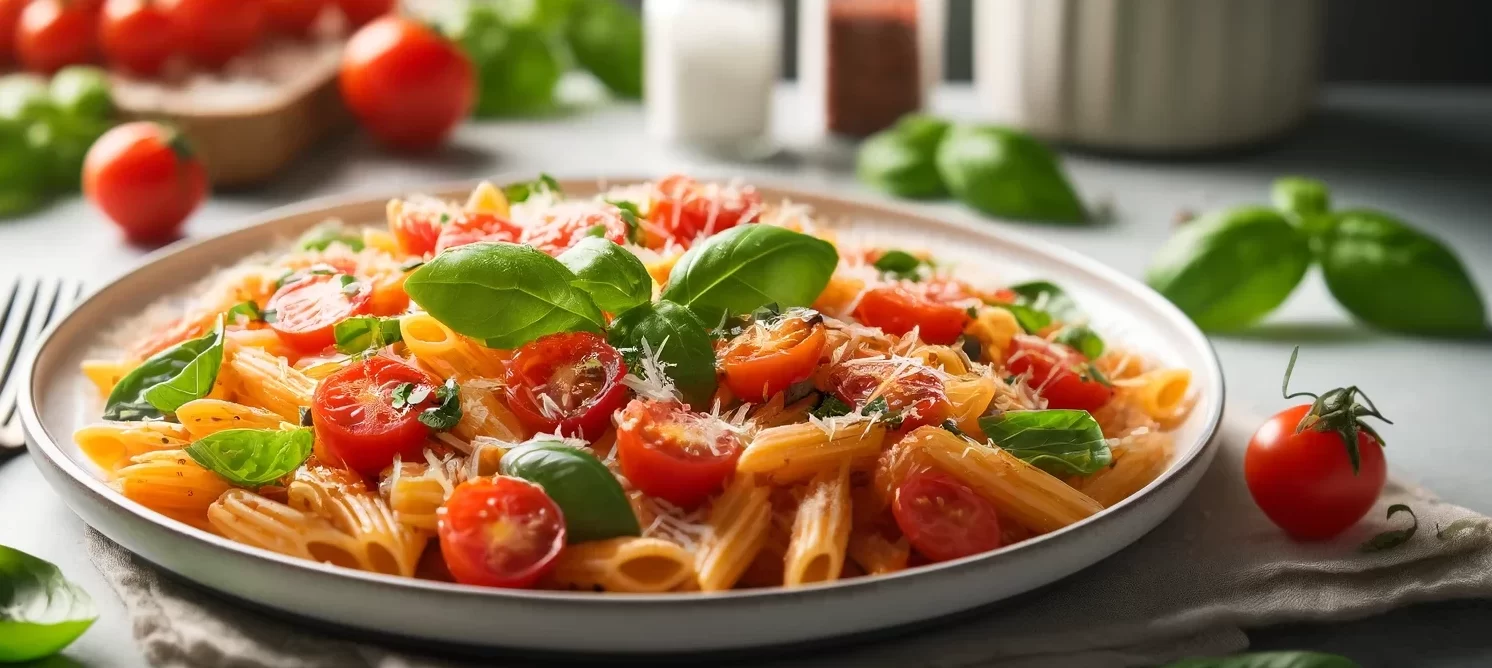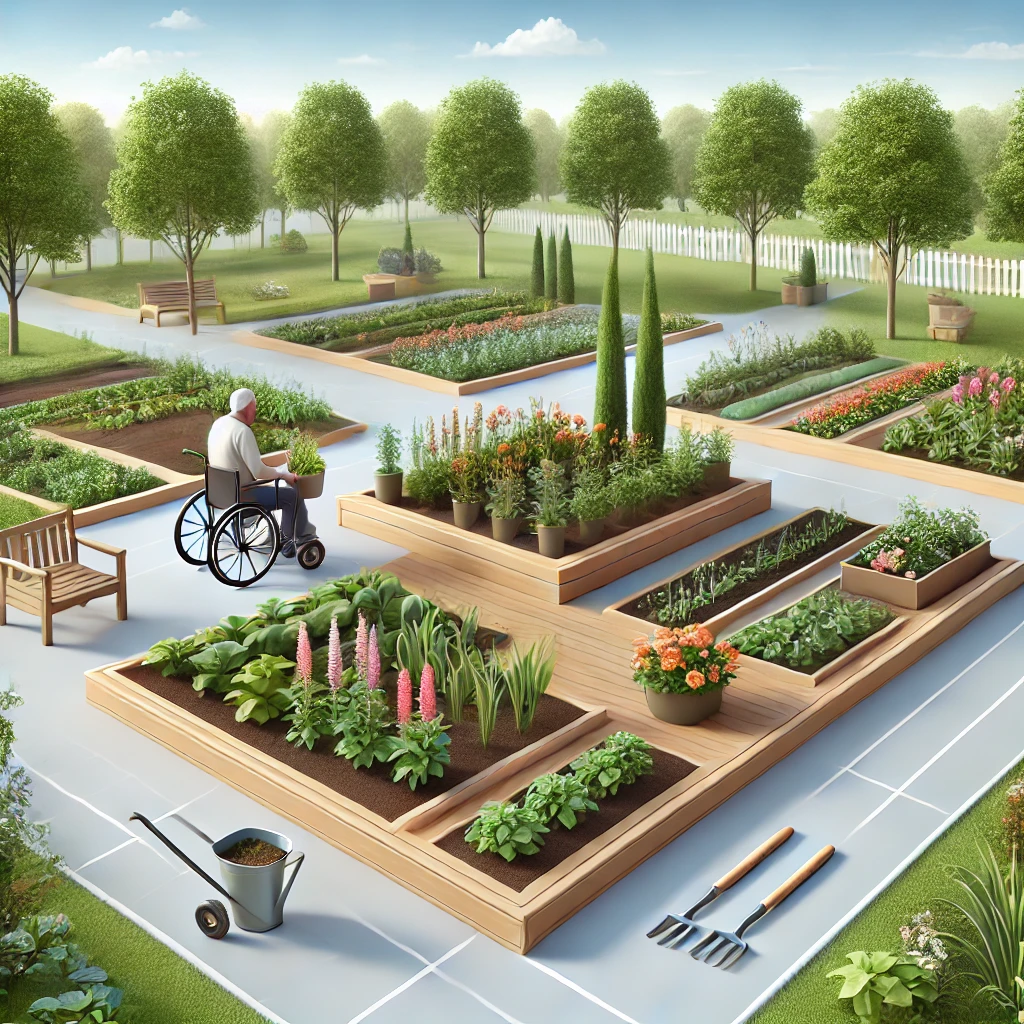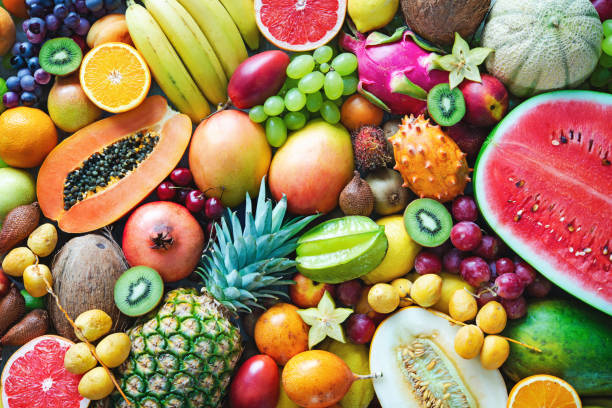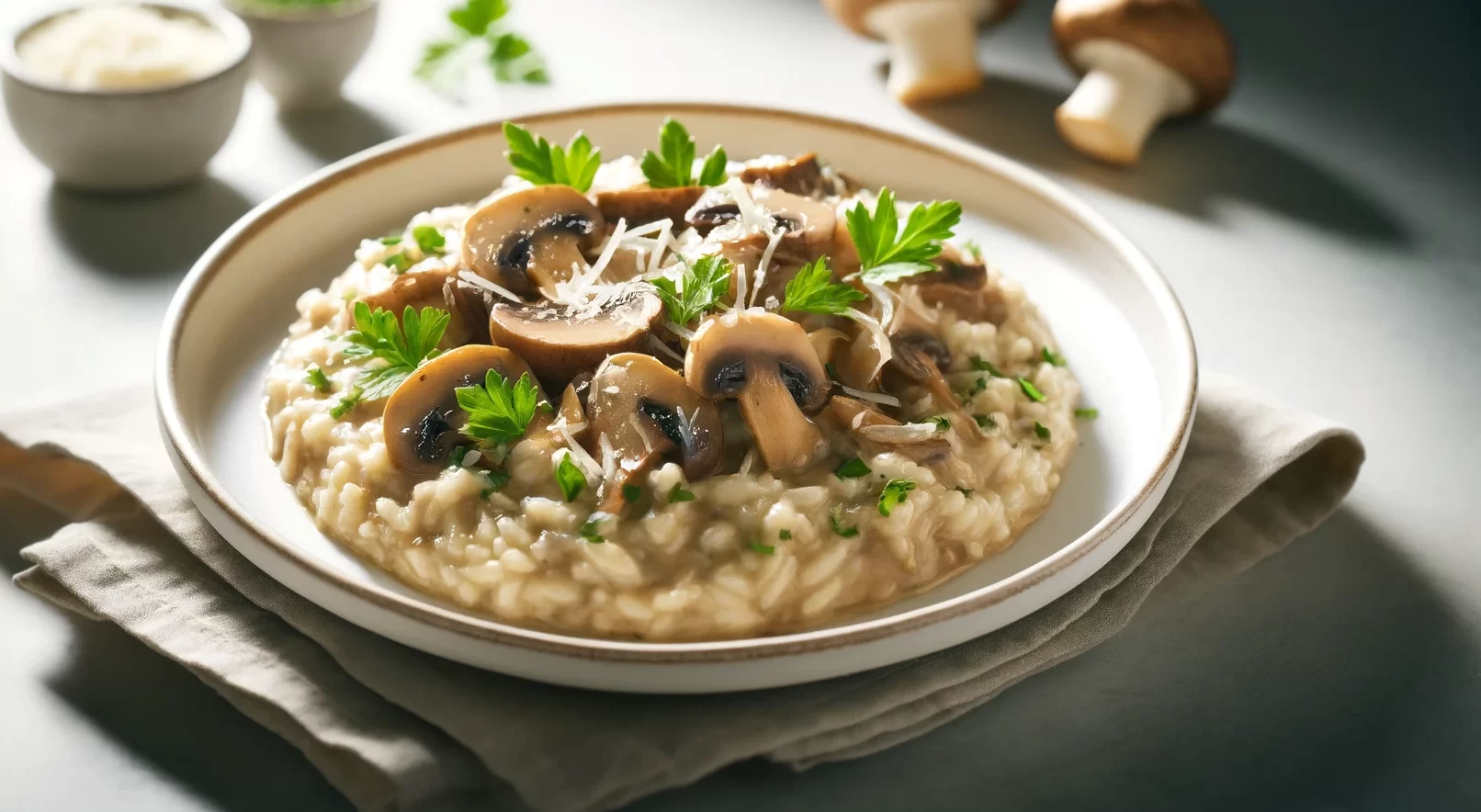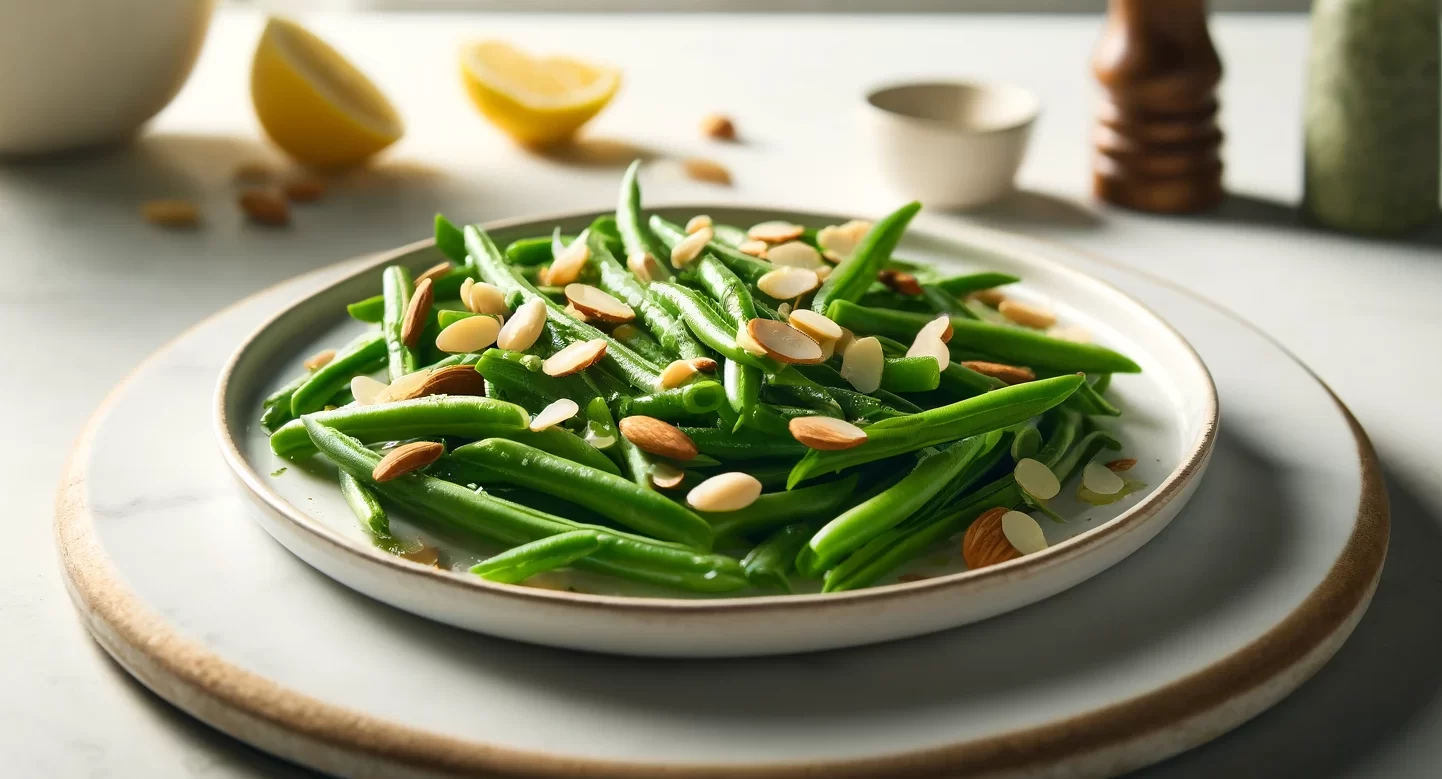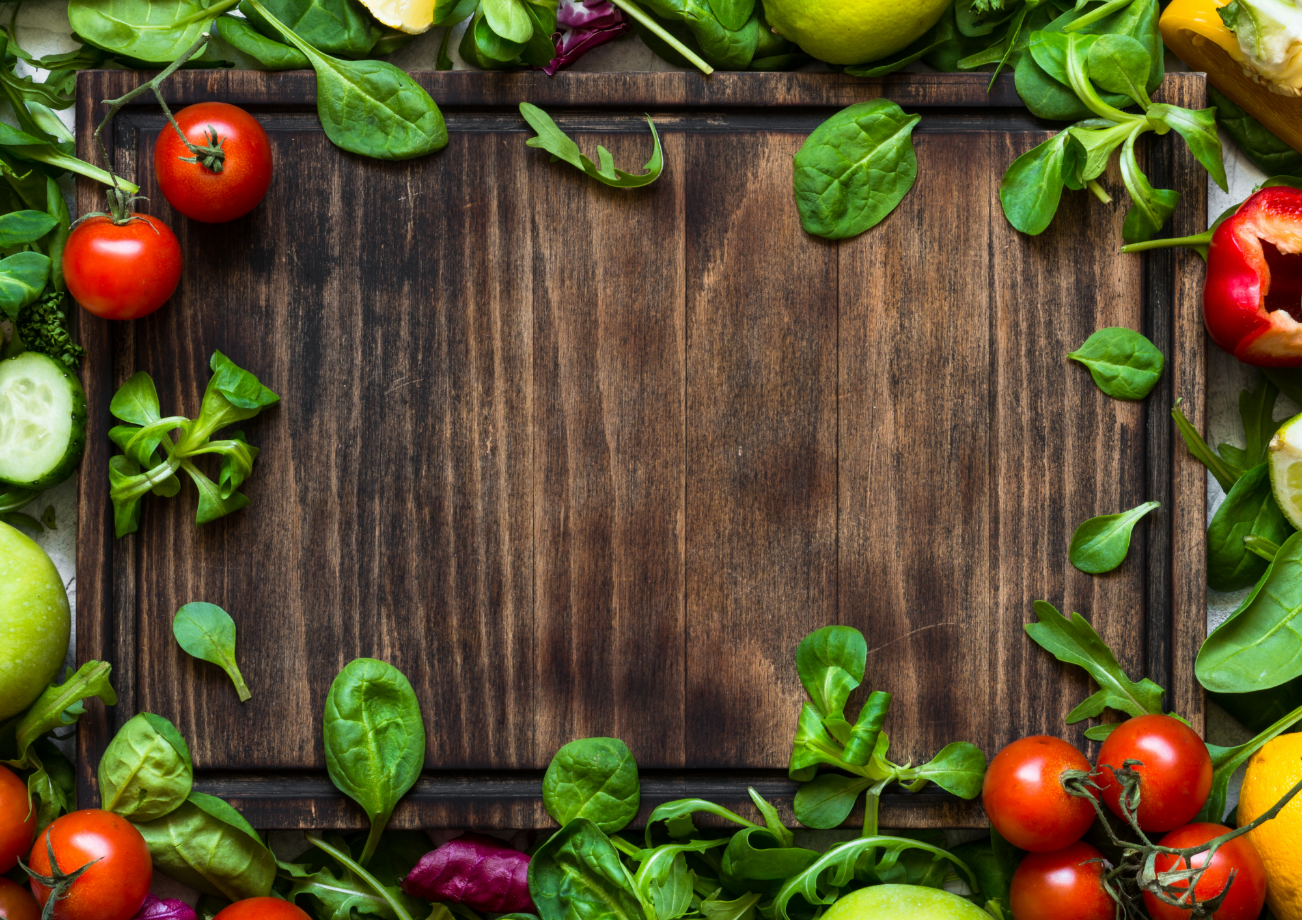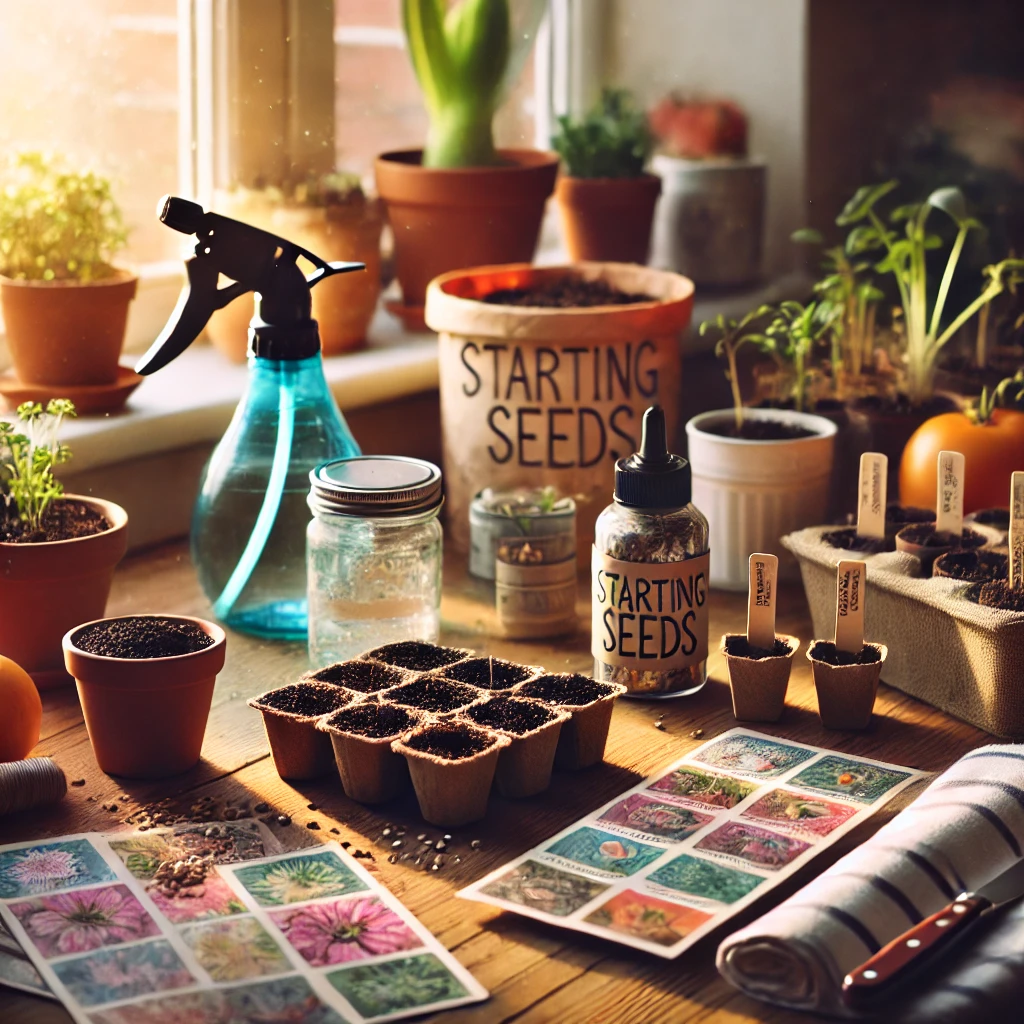Vegetable Paella is a vibrant and hearty dish that celebrates the bounty of the garden in a single pan. This Spanish classic is traditionally known for its seafood or meat versions, but a vegetable paella brings a delightful array of colors, textures, and flavors to the table, making it a perfect meal for a family of four seeking a nutritious and satisfying dish. This version of the recipe is not only a tribute to the classic Spanish cuisine but also an invitation to enjoy a plant-based feast that is both delicious and visually appealing.
Ingredients:
- 2 cups of short-grain paella rice, such as Bomba or Arborio
- 4 cups of vegetable broth, warmed
- 1 large onion, finely chopped
- 3 cloves of garlic, minced
- 1 red bell pepper, sliced into strips
- 1 yellow bell pepper, sliced into strips
- 1 cup of green beans, trimmed and cut into 2-inch pieces
- 1 cup of frozen peas, thawed
- 1/2 cup of artichoke hearts, quartered
- 2 tomatoes, grated or finely chopped
- A pinch of saffron threads, soaked in a bit of warm water
- 1 teaspoon of smoked paprika
- Salt and pepper to taste
- Olive oil
- Lemon wedges and chopped parsley for garnish
Preparation:
- Prep the Vegetables: Start by preparing all your vegetables. This includes chopping the onion, mincing the garlic, slicing the bell peppers, trimming the green beans, and quartering the artichoke hearts. Grate the tomatoes using a box grater or finely chop them, discarding the skin.
- Saffron: Soak the saffron threads in a small amount of warm water. This will help release their color and flavor, which is essential for achieving the authentic taste and golden color of paella.
- Warm the Broth: In a separate pot, warm the vegetable broth. Keeping the broth warm will help maintain the cooking temperature when you add it to the rice, ensuring even cooking.
Cooking Instructions:
- Sauté the Vegetables: In a large paella pan or a wide, shallow skillet, heat a generous drizzle of olive oil over medium heat. Add the chopped onion and minced garlic, sautéing until the onion is translucent and soft. Add the bell peppers and green beans, cooking until they start to soften. Stir in the grated tomatoes and smoked paprika, cooking for a few minutes until the mixture thickens slightly.
- Cook the Rice: Add the rice to the pan, stirring to ensure the grains are well coated with the vegetable mixture. Pour in the warm vegetable broth along with the saffron and its soaking water. Season with salt and pepper to taste. Spread the rice evenly across the pan without stirring during the cooking process. This is crucial for forming the coveted ‘socarrat’ – the crispy, caramelized crust on the bottom.
- Add the Remaining Vegetables: As the rice begins to absorb the broth, nestle the artichoke hearts and peas into the mixture. Adjust the heat as necessary to maintain a gentle simmer, allowing the rice to cook evenly. If the mixture seems too dry before the rice is tender, add a bit more warm broth or water around the edges of the pan.
- Let it Rest: Once the rice is cooked and the liquid has been absorbed, remove the pan from the heat. Cover the paella with a clean kitchen towel and let it rest for about 10 minutes. This allows the flavors to meld and the rice to settle and firm up.
Serving:
Uncover the paella and garnish with lemon wedges and a sprinkle of chopped parsley. Encourage your family to squeeze the lemon over their servings for a bright burst of flavor that complements the richness of the dish.
Conclusion:
Vegetable Paella is a celebration of the simplicity and depth of flavor that can be achieved with plant-based ingredients. This dish not only offers a feast for the senses with its array of colors and aromas but also provides a fulfilling and nutritious meal that brings people together. Serving vegetable paella at your table is a wonderful way to introduce your family to the delights of international cuisine while enjoying the health benefits of a variety of vegetables. Enjoy this beautiful, comforting dish with your loved ones, and let it be a testament to the joy and satisfaction that comes from cooking and eating together.

